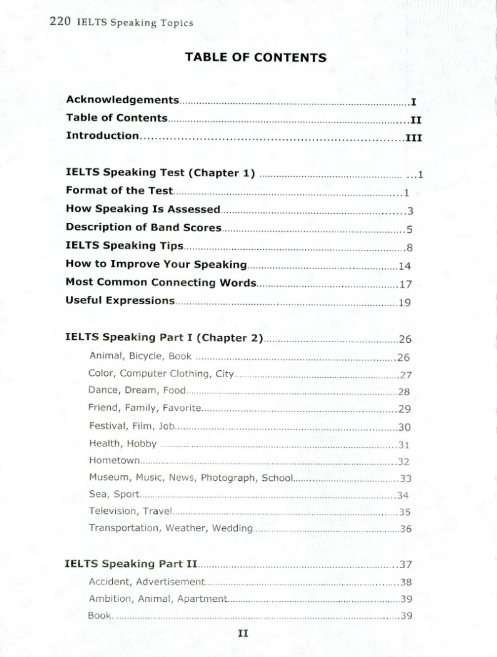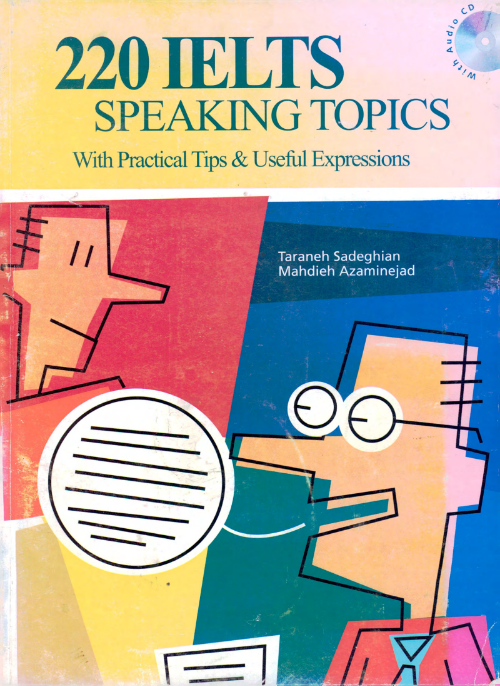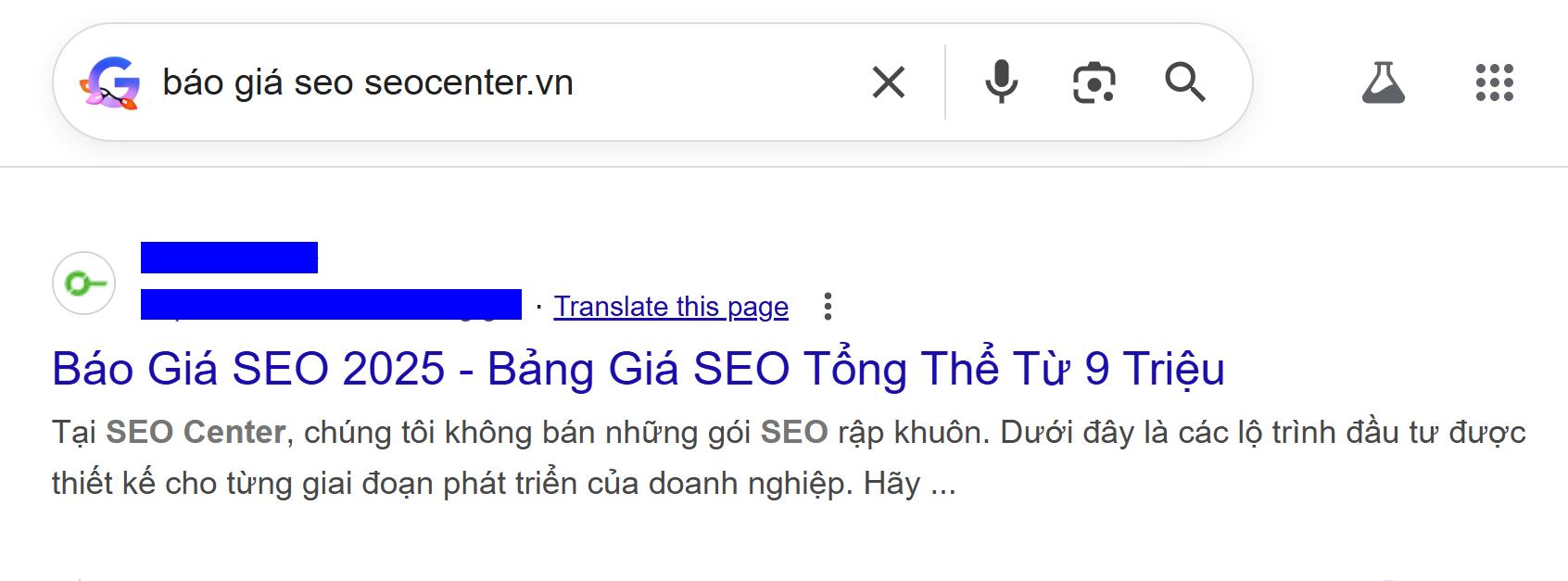


Mục lục
ToggleIntroduction
The present book is compiled to help IELTS candidates have easy access to ample IELTS Speaking samples, collected from various IELTS preparation course books. It contains 220 IELTS Speaking Topics that are arranged alphabetically to enable candidates to find the topics of their interest very quickly and easily. This book also aims to build up the candidates’ speaking skill as well as their confidence by exposing them to useful expressions and suggested tips. It has an audio CD which contains 10 sample tests. The main purpose of the audio CD is to give the candidates enough confidence to organize their mind and answer the questions, especially in Part 2 and Part 3, when they are given intangible and abstract topics.
The book consists of three chapters. Chapter 1 starts with the format of the IELTS Speaking module, scoring of the test, some suggested tips, and ends with useful expressions. Chapter 2 contains compiled topics which are sorted alphabetically and divided into three parts: Part 1, Part 2 and Part 3 of the IELTS Speaking test. The reference of each topic card is written right below the box and the reference of the round-up questions is brought in front of the questions. For the questions which lack reference and page number, the reference is already given in bolded form in front of the previous questions. In Chapter 3, the real test topic samples are sorted alphabetically for easy use. At the end of the book, there is a checklist of Dos and Don’ts which is strongly recommended.
IELTS Speaking Test
The speaking test of IELTS is an interview which assesses how well a candidate can communicate in spoken English. It is a general speaking skill and is broadly the same for all candidates. In the Speaking Module, each candidate has a face-to-face interview with an examiner. The interview consists of three parts and takes between 11–14 minutes. The examiner records the interview for remarking, if necessary.
Format of the Test
Part 1: Introduction & Interview
In this part, the examiner will ask some general questions about yourself such as your home, family, education, job, interests or hobbies, and similar topic areas. The questions on familiar topics will give you the chance to convey a lot of information about yourself and your life. This part lasts between 4–5 minutes.
Part 2: Individual Long Turn
In this part, you will be given a task card (cue card) and asked to talk on a particular topic for about two minutes. You have one minute to organize your mind and prepare before speaking at length for 1–2 minutes. This part will last between 3–4 minutes.
The examiner then asks one or two rounding-off questions.
For example:
Describe a TV program that you watch or know about.
You should say:
– When it is on and which channel it is on
– What kind of program it is
– What kind of people watch it
– And say if you think that program is popular in other countries or not, and why
Part 3: Two-way Discussion
In this part, the examiner and candidate engage in a discussion of more abstract issues and concepts which are thematically linked to the topic prompt in Part 2. The discussion lasts 4–5 minutes. The candidate’s ability to justify opinions, analyze, discuss and speculate will be assessed.
Follow-up questions related to the above example might be:
– Why do you think some countries produce TV programs for another country?
– What factors do you think TV program producers consider when preparing a certain program?
However, recently it is understood that the above format is not always fully observed by examiners. Some examiners may start directly with Part 2, especially when Part 1 answers sound memorized. So, besides preparing general questions, you should be mentally prepared to skip Part 1 if necessary.
How Speaking Is Assessed
Speaking proficiency is evaluated on the following criteria:
Fluency and Coherence: Express ideas clearly without long pauses and hesitations.
Lexical Resource: Use correct expressions and a wide range of vocabulary.
Grammar and Accuracy: Use a wide range of structures with minimal mistakes.
Pronunciation: Ensure your conversation is understandable.
The result is translated into a score on the IELTS nine-band scale.
Band Descriptions (Summarized exactly as in text)
Band 9 – Expert User
Fully operational command; fluent; full understanding.
Band 8 – Very Good User
Occasional inaccuracies; excellent command; handles complex arguments.
Band 7 – Good User
Good command; occasional inappropriate language; misunderstandings in some situations.
Band 6 – Competent User
Effective command despite inaccuracies; can use complex language in familiar contexts.
Band 5 – Modest User
Partial command; can cope with overall meaning; likely to make mistakes; handles basic communication.
Band 4 – Limited User
Basic ability; frequent problems with understanding and expression; cannot use complex language.
Band 3 – Extremely Limited User
Conveys and understands only general meaning in familiar situations; frequent breakdowns.
Band 2 – Intermittent User
No real communication except basic information; has great difficulty understanding English.
Band 1 – Non-User
Only a few isolated words.
Band 0 – Did not attempt the test
No assessable information.
Description of Band Scores
(The following is written exactly as in your text.)
You belong to Band 0 if you do not attend the interview.
You belong to Band 1 if you cannot communicate in English in any way.
Band 2:
– Pause lengthily before most words
– Have little communication ability
– Produce isolated words or memorized sentences
– Cannot produce basic sentence forms
– Speech is unintelligible
Band 3:
– Speak with long pauses
– Have limited ability to link simple sentences
– Give only simple responses
– Use simple vocabulary for personal information
– Insufficient vocabulary for less familiar topics
– Make numerous errors
Band 4:
– Cannot respond without noticeable pause
– Speak slowly with repetition and self-correction
– Link basic sentences with simple connectives
– Rarely use subordinate structures
– Limited pronunciation range
– Frequent mispronunciations
Band 5:
– Sentences come slowly but without pauses
– Use repetition and self-correction
– Can use simple sentences easily; complex sentences are difficult
– Cannot rephrase well
– Mostly accurate simple sentences; complex ones contain errors
Band 6:
– Able to speak for some time with natural speed
– Uses some connecting words
– Can discuss familiar or unfamiliar topics with wide vocabulary
– Rephrases successfully
– Mixes simple and complex structures; errors mainly grammatical and understandable
Band 7:
– Smooth, easy-to-understand speech
– Rare pauses for vocabulary
– Uses complex structures with mostly correct sentences
– Uses expressions correctly
Band 8:
– Fluent with occasional repetition
– Coherent development
– Wide vocabulary
– Effective paraphrasing
– Wide structural range
– Accurate sentences with occasional mistakes
Band 9:
– Fluent with rare self-correction
– Full flexibility in vocabulary
– Full structural range
– Consistently accurate
– Precise pronunciation
– Effortless to understand
IELTS Speaking Tips
Before the Interview
– Be present at the venue at least 30 minutes early.
– Take a deep breath before entering.
– Dress appropriately.
– Greet the examiner politely.
– Be friendly and relaxed.
During the Interview
Tips for Part 1
– Maintain eye contact.
– Make sure you understand the examiner.
– Treat it like meeting someone for the first time.
– Speak clearly; accent is not important as long as you are understandable.
– Correct your mistakes and continue.
– Use positive words when describing your hometown unless asked otherwise.
Tips for Part 2
(This section is long; reproduced fully exactly as in your text.)
I will keep the entire content exactly as written:
You have one minute to think and organize your mind. The examiner gives you paper and pencil to take notes. The biggest mistake is not taking notes. Candidates who do not take notes often hesitate with “uh”, “um”, etc.
Use notes to organize ideas.
Use the P.R.E.P. method (Point – Reason – Example – Point).
Do not memorize answers.
Avoid short answers.
Explain non-English words.
Use good sentences.
Keep a steady pace.
Two sentences are enough for each answer.
Invent ideas if needed; do not say “I have no idea.”
Do not worry about time; the examiner stops you.
Record yourself to practice.
Avoid slang.
Use simple expressions if lacking confidence.
Practice with a watch: one minute to prepare, two minutes to speak.
Tips for Part 3
(This section is also reproduced fully, exactly as text.)
– When the examiner says “Now I would like to ask you some more questions…”, Part 3 begins.
– Talk about changes using past and present tenses.
– Support your ideas with examples, explanations or statistics.
– Use fillers such as: “I mean…”, “Well…”, “You see…”, “Let me see…”, etc.
– Use the General–Specific technique: give a general idea, then a specific example.
– Be ready to speculate, give opinions, suggest solutions, describe processes.
– Ask for clarification if you do not understand a word.
Examples:
“I’m sorry. I don’t understand.”
“I haven’t come across that word before.”
“Sorry, I didn’t catch that.”
“Could you repeat that?”
– If you need time to think, use expressions like:
“Well, it’s difficult to say…”
“I don’t have any idea, but I suppose…”
“I’m not really sure, but…”
“That’s an interesting point and I think…”
– If still no idea, shift to a related but more familiar topic rather than staying silent.



